News
Costco Chicken Processing Plant Keeps Failing Tests for Salmonella
Food•5 min read
Investigation
A whistleblower offered the first hidden-camera look inside a lamb slaughterhouse in the U.S. Now, the Department of Justice is stepping in. That's how bad it was, yet it is all too common.
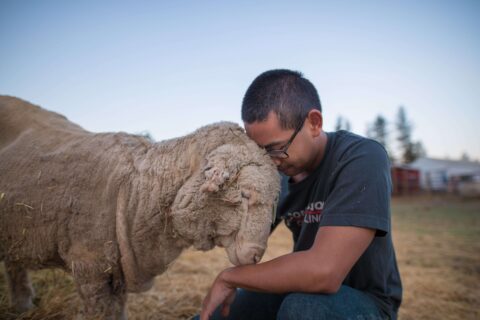

Words by Matthew Zampa
Undercover investigations to factory farms and slaughterhouses constantly produce damning evidence of animal abuse. Most of the time the authorities shrug it off. At best, the company fires a few bad apples and the supplier cuts ties with them. But rarely, if ever, does the federal government step in and prosecute animal agriculture. This time they did.
The animal advocacy group Animal Outlook, formerly Compassion Over Killing, and the Public Justice Food Project brought suit on behalf of a whistleblower following a hidden-camera investigation inside the Superior Farms lamb slaughterhouse conducted in Dixon, Calif., from May to November 2016.
Last month, the Department of Justice (DOJ), prosecuting on behalf of the animal advocacy group, and the defendant, Superior Farms, reached a resolution. In a first for the animal agriculture industry, Superior Farms entered a consent decree with the USDA to reform its killing methods and other inhumane and otherwise misleading practices that Animal Outlook’s investigation brought into question.
Superior Farms is the largest lamb producer in the country and supplies the nation’s top two grocers, Walmart and Kroger. The company also supplies the National School Lunch Program and the U.S. military with fresh and frozen meat.
Following the lawsuit brought by Animal Outlook, the company has agreed to reform its killing practices, thanks in no small part to the work of one of its undercover investigators. That whistleblower witnessed what Animal Outlook believed were a variety of humane handling violations—despite the company’s claim to be using slaughter practices in keeping with federal and religious law. Animal Outlook’s investigation was the first—and only—look inside of a U.S. lamb slaughterhouse. Judging by the evidence, more such investigations are needed.
It’s difficult to be out in the field for that long, far more difficult than Animal Outlook’s investigator Scott David originally thought. When he was first getting started, investigators told him that one of the big problems for people in the field is going to be this sense of isolation.
“I think for most people when they think about undercover investigations and what the investigators go through, they tend to focus on the trauma that comes from watching the suffering. But there’s this whole other side to it that’s very surprising. Just being alone in a strange space hundreds of miles away from where you normally would be. You don’t have anyone around you. You don’t have that many people to talk to. You can’t talk to your friends and family.”
That was the hardest part, he said, aside from general nerves being about to perform his duties and not reveal himself to the people he was working with.
“People ask if I dream about any of the instances involving animals and the suffering that I saw,” said David. “All my nightmares thus far have been of someone discovering me.”
He worried about it constantly—when another slaughterhouse worker looked at him too long or said something weird—that they were figuring him out.
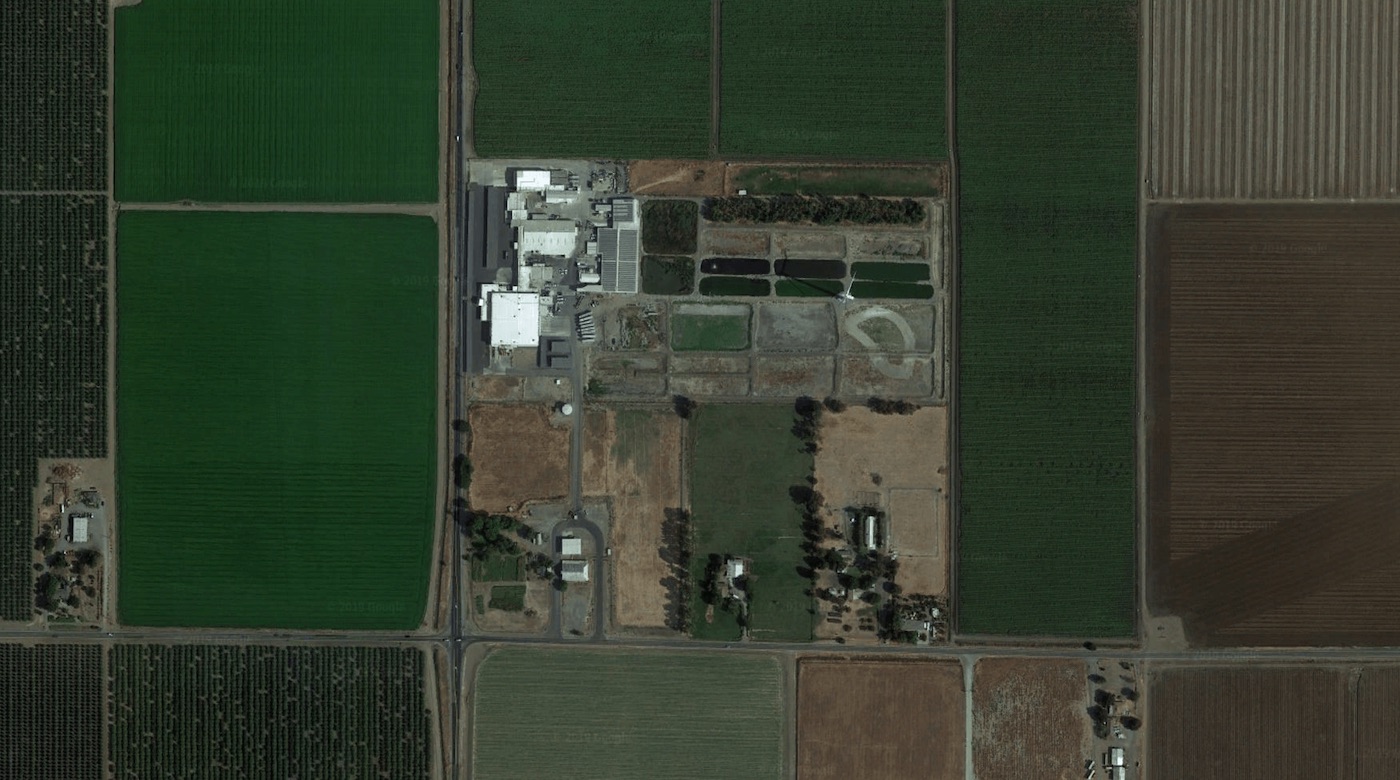
During the 2016 investigation, David got a job at Superior Farms’ slaughtering and processing plant in the Case Ready division on the “cold side” of the facility where he packaged meat products into boxes and weighed them. He was later moved to the Pelts department, where he handled wet and dry pelts and also saw intermittent animal handling and slaughter. Over the course of the six-and-a-half months he worked at Superior Farms, David documented purposeful and repeated violations of the humane and halal slaughter law, as well as serious food safety concerns—like boxes of meat carried around the metal detector instead of passing through it and “Best By” dates scratched off and replaced—at Superior Farms.
At the time, the company was also under contract to supply the USDA and Department of Defense, meaning a significant portion of meat from Superior Farms—which was totally unsafe to eat—was distributed by the federal government to students through the National School Lunch Program and to serving members of the U.S. military. USDA’s contracts require suppliers to comply with the Humane Slaughter Act.
According to the Act, there are two types of slaughter that are considered to be humane: non-ritual and ritual. Superior Farms is technically a halal slaughter facility, certified by the Islamic Enterprises and Services of America.
To comply with the federally mandated Humane Slaughter Act and halal law, workers are supposed to make one cut to the animal’s throat, among other stipulations. In all instances of slaughter at Superior Farms, Animal Outlook found that workers were making two.
Footage from the investigation shows a slaughterhouse worker using a knife to saw in a back and forth motion along one side of the lamb’s neck. He then lifts the knife and makes the same sawing and slicing motion on the other side of the animal’s neck.
Superior Farms slaughters around 1,000 animals per day.
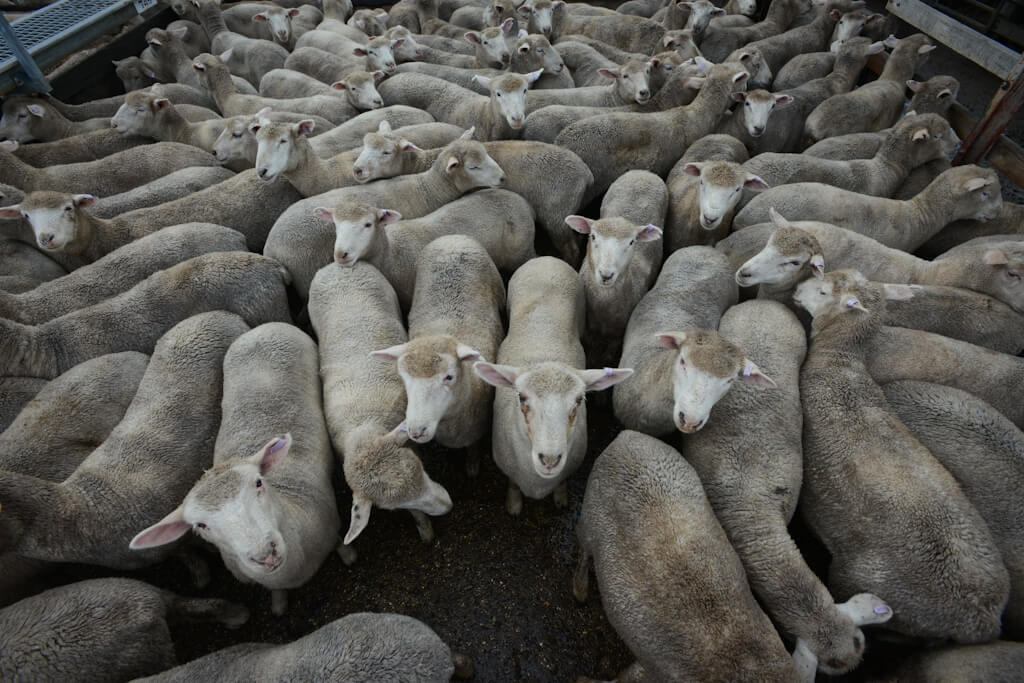
Most of the meat that is boxed at the Superior Farms facility isn’t even sold as halal meat. Because the facility likely produces more “halal” meat than it can sell, most of the meat is labelled non-halal, packaged, and sold to whoever wants it, like the federal government.
More than 31 million school children receive lunches throughout the federal school lunch program each school day. From 2009 through 2015, Superior Farms and Transhumance, the farm’s holding company, received $16 million in taxpayer dollars through various contracts with the USDA and supplied schools and military bases with meat that was not humane, although it was required to be.
(Warning: this story contains images that may be disturbing)
It is the public policy of the United States that every animal slaughtered in the U.S. will be slaughtered humanely. But that did not prevent Superior Farms—or any other farm, for that matter—from making claims about the humane treatment of animals in its facility that it had no intent to follow.
The Federal Purchase Program Specification for Animal Handling and Welfare requires that all livestock establishments meet the standards articulated by the Humane Slaughter Act, Meat Inspection Act, and all other federal, state, and local laws, executive orders, rules and regulations while under contract with the federal government.
Specifically, after being stunned and slaughtered, the animal must show no signs of return to sensibility. If workers observe blinking, breathing, or vocalizations, no matter how small, or if the animal attempts to lift its head while hanging on the rail, workers are required to report the incident and re-stun the animal immediately.
Federal guidelines state that there is zero tolerance for failure to meet these conditions. Animal processing facilities must comply with humane slaughter laws or face civil and criminal penalties.
Animal Outlook’s 2016 investigation found multiple violations of humane slaughter law at Superior Farms, including frequent instances of ineffective stunning, leading to some animals experiencing the shock of the electric stunner more than once. Even after having their throats cut, many lambs can be seen kicking or thrashing their heads—signs that they were not rendered unconscious by the stun and could still feel pain—as their tails are cut off.
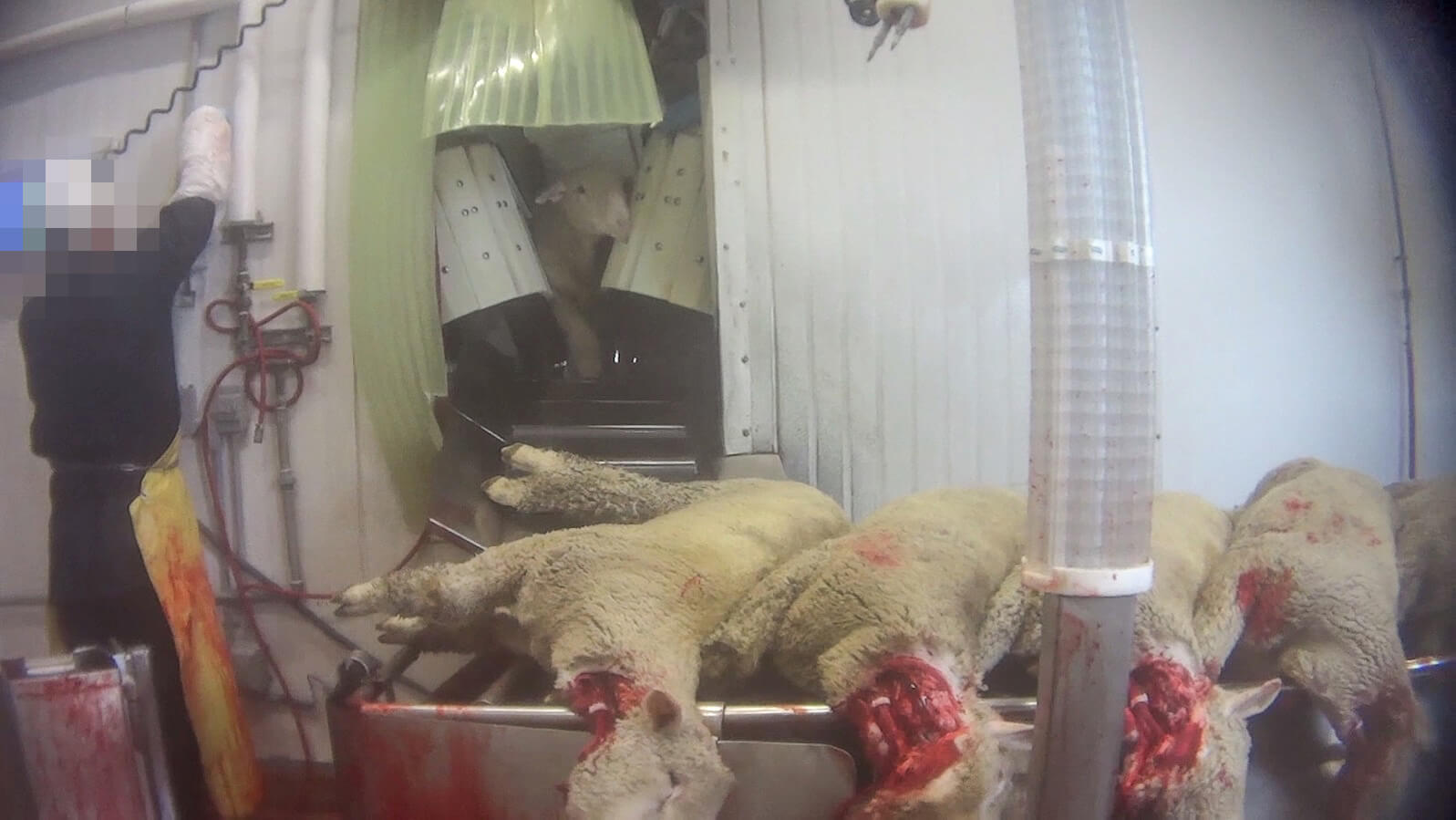
The footage captured during the investigation demonstrates that these violations of the Humane Slaughter Act were not localized to one or even a few events. The evidence is damning. Animal cruelty was rampant at Superior Farms, due in large part to the inability of slaughterhouse workers to effectively stun the lambs before slaughter.
Following the ineffective stun, animals were often stunned a second or even a third time. In some instances, multiple stuns even took place after slaughter, implying that workers cut the animals’ throats and began dismembering them even though they knew they were still conscious and able to feel pain.
Nine out of ten lambs reacted to their tails being cut off after slaughter. The footage shows lambs thrashing their heads, gasping for air, vomiting, and kicking violently.
That 90% of the animals would still react to being cut, after supposedly having been slaughtered, emphasizes the neglect of any even remotely humane standards of animal treatment.
After the lambs are slaughtered, the animals are skinned for their pelts, which are dried, salted, and stacked in large piles in a separate part of the warehouse. Later, their wool coats will be sold to make car seat covers and UGG boots.
While Superior Farms’ products hit the aisles at the nation’s largest grocery stores, animals were—and likely still are—being subjected to torture at Superior Farms. According to the undercover investigator’s testimony, the torture was taking place in the view of and with full awareness of Superior Farms’ supervisors, who were stationed near the slaughter line on a daily basis. Management regularly observed inhumane handling slaughter and did nothing to stop it.
“They know what’s happening,” said Mike Wolf, Director of Investigations with Animal Outlook, who spent the better part of four years in the field from 2006 to 2009. Now he said he reviews footage with investigators almost every day, usually over the phone.
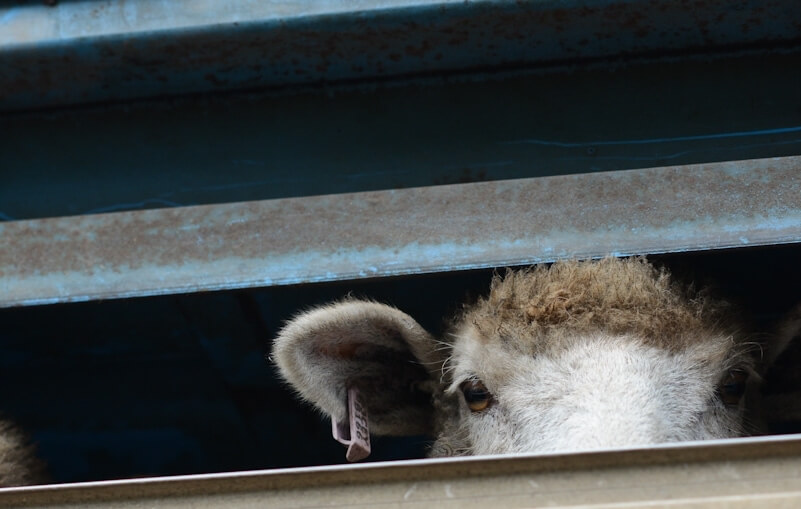
When he watches footage at home or in the office, which he does for a living, he can pause the video. He can take a break and walk around. He can escape the suffering, if only for a moment. He’s not trapped there—with the smells and the sounds of thousands of animals begging for their lives.
There’s an atmosphere on animal farms that’s contagious. It’s heavy. It hangs in the air like the smell of sulfur or a rotten egg. It’s hard to escape.
A number of times during the Superior investigation, David noticed that when there was a stoppage on the line, which would last anywhere from one to three minutes, animals laid there on the conveyor belt, slowly bleeding out after having their throats slit on either side of their necks to preserve their esophagus, which are later dried and sold as dog treats.
Animal Outlook brought its findings to Dr. Lester Castro Friedlander, a former Chief Veterinary Meat Inspector for the USDA, who confirmed the allegations. “After reviewing this video several times, in my professional opinion there were several violations of the Humane Methods of Slaughter Act,” said Friedlander.
At Superior Farms, this kind of inconsistency—line stoppages, ineffective stuns, multiple cuts to the animals’ necks—is all standard practice. “Humane” handling and slaughter, on the other hand, requires consistency.
Witnessing this level of animal abuse is shocking not just because it is graphic, but because no one else can see it. Animal abuse is deliberately hidden from public view by an industry that would likely crumble under the moral weight of the suffering it has caused. So animal agriculture does everything in its power to keep workers silent. That comes at an even bigger cost to animals because abuse is not just happening on one farm. Abuse is happening across the entire industry, and until more whistleblowers like David come forward, no one will see it.
“Just looking at my own work, I started to change my perspective,” he said. “I want everyone to understand that cruelty is the standard.”
Humane slaughter has fallen under federal jurisdiction since 1958 when the United States passed the Humane Methods of Slaughter Act, but the evidence brought forward by Animal Outlook shows that even at the largest lamb slaughterhouse in the country, humane slaughter was virtually nonexistent.
The Humane Slaughter Act originally was put in place by Congress to prevent the needless suffering of farmed animals, like cutting a lamb’s throats twice.
While he was undercover, David said he made time to chat with a worker who was doing the cutting. For a while, he thought he was just getting footage of the process happening for context. He had already documented workers carrying boxes of meat around the metal detector and replacing labels and dates, which he thought that was going to be the main part of the investigation. The throat slitting was extra.
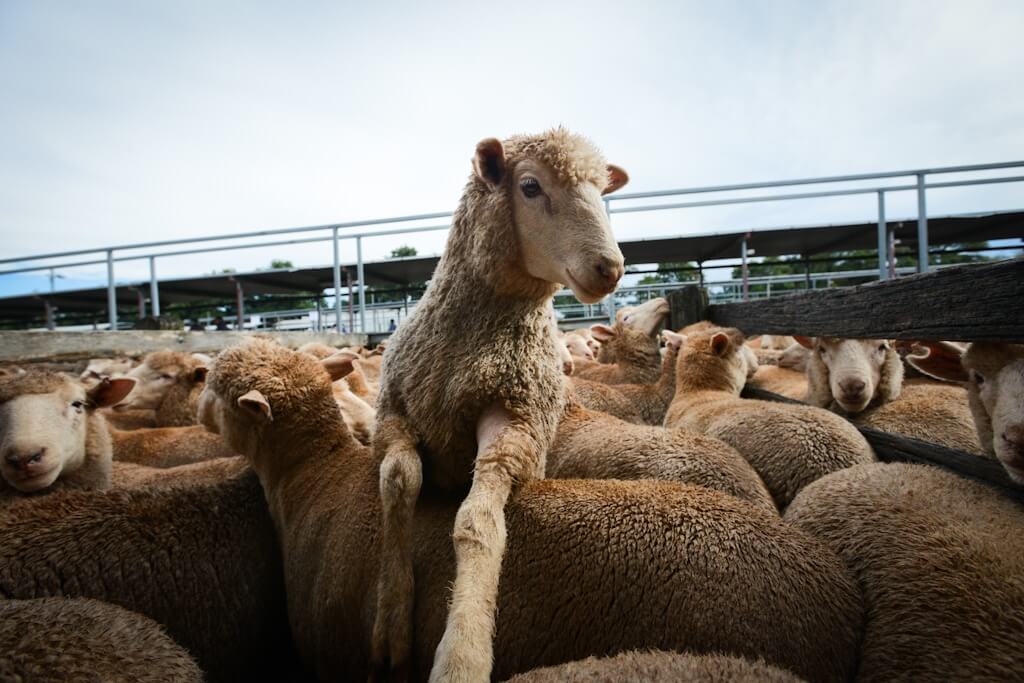
But when the investigative team, Wolf and himself, reviewed that particular clip of David chatting with a worker on the kill line, they started noticing an alarming trend. Not only were there multiple cuts performed on these animals, but later on down the line, before and after their tails were chopped off, which is the next step in the slaughter process, the animals appeared to still be moving, even though they were supposed to have been stunned. To reiterate, this was not happening to one or even a few lambs. This was happening to nine out of every 10 of them.
Calling slaughter humane is really a caveat. If you ask most animal advocates, “humane” is a false claim in the first place. There is nothing humane about slaughtering animals, and there is certainly nothing humane about chopping off their tails while they’re still conscious. That much is beyond a reasonable doubt.
Superior Farms failed to meet the requirements for halal slaughter despite being certified and labeling their products halal. The company also entered into contracts with the U.S. government under false claims that its meat was slaughtered humanely.
For those reasons, the prosecution argued that each payment made by the United States to Superior Farms under the terms of their various contracts, including with USDA and the Department of Defense, was the produce of a false claim made by Superior Farms.
“The United States, unaware of the falsity and fraudulent nature of the Defendants’ conduct and of the records, statements, and claims made or caused to be made by the Defendants, has paid and may continue to pay millions of dollars for claims in violation of material conditions of Defendants’ performance of their contract obligations.”
This means that Superior Farms, under government contract, knowingly mislabelled their meat products as halal-compliant. They further misrepresented that the animals in the facility were being handled, stunned, and slaughtered according to humane methods, and profited from it. USDA’s Food Safety and Inspection Service (FSIS) is charged with enforcing humane slaughter law.
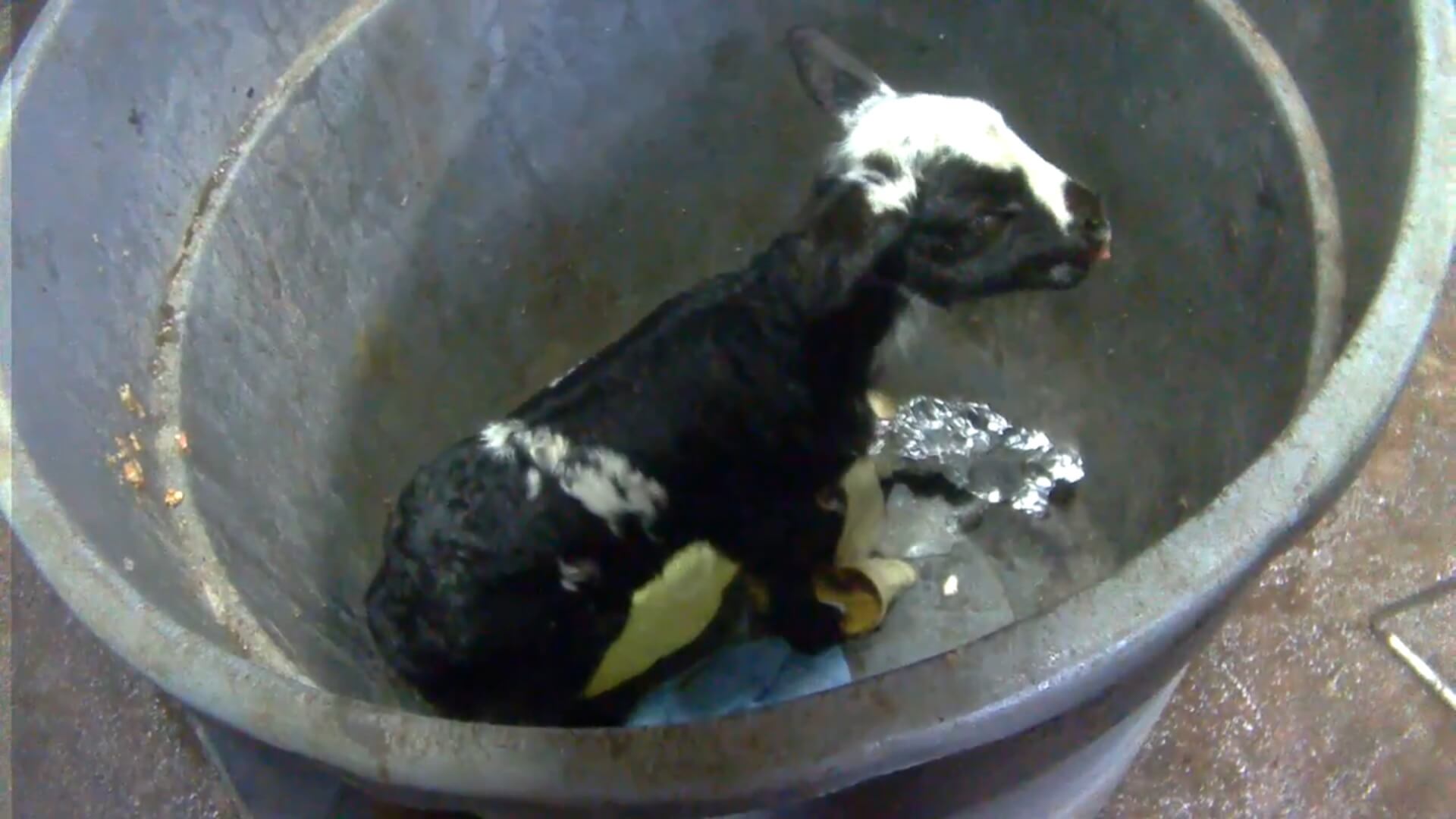
According to FSIS regulations, Superior Farms participated in what is called “egregious inhumane treatment.” This basically means that they stunned animals ineffectively, allowed them to regain consciousness, and made multiple attempts to stun the animal again versus a single blow or shot that renders them immediately unconscious. For the stun to be “effective,” the stunned animal must be knocked out and remain unconscious throughout the slaughtering process.
Because multiple ineffective stuns are explicitly prohibited by federal regulations, and because Superior Farms agreed to comply with those regulations by entering into contracts with the U.S. government, Animal Outlook brought suit against the company under the False Claims Act, alleging that from 2009 through 2015, Superior Farms knowingly submitted false or fraudulent information to the United States about the humane handling and slaughter of its animals. Federal prosecutors argued that the company defrauded the United States by billing for lamb meat products processed in violation of the Humane Slaughter Act.
Superior Farms has since entered into a consent decree with the USDA’s FSIS to reform its killing methods.
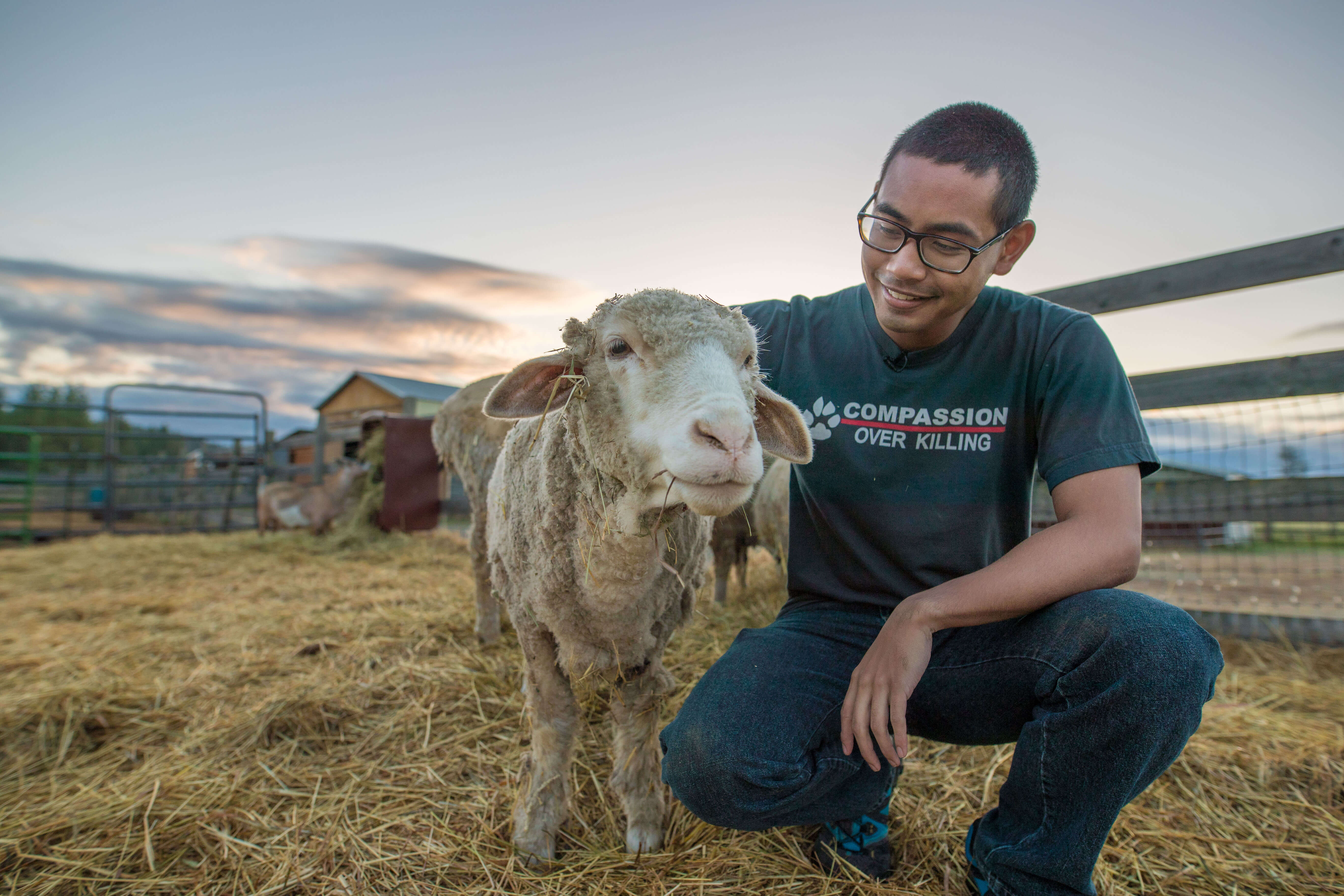
“This case represents a milestone for animal advocates, where a public advocacy organization teamed up with the federal government to set a standard for oversight and enforcement and to promote reform,” said Animal Outlook’s Executive Vice President Cheryl Leahy.
The consent decree requires Superior Farms to designate a Humane Handling Coordinator, who will ensure compliance with humane slaughter law and that equipment used to restrain and stun animals have been tested for functionality and that animals are rendered unconscious by a single application. It also requires Superior Farms to conduct training for all its employees working in the live animal areas in all aspects of humane handling and slaughter.
Humane slaughter is now a federal issue. It should’ve been that since Congress passed the Humane Slaughter Act more than 60 years ago, but this case shows how easy it is for farms to be distracted by profits and their bottomline. What follows is the kind of corporate negligence and deceit that breeds systematic animal cruelty. That’s what caught the attention of federal prosecutors, and it’s all because of the groundwork laid by one brave investigator. Think about what 30 Scotts could do.